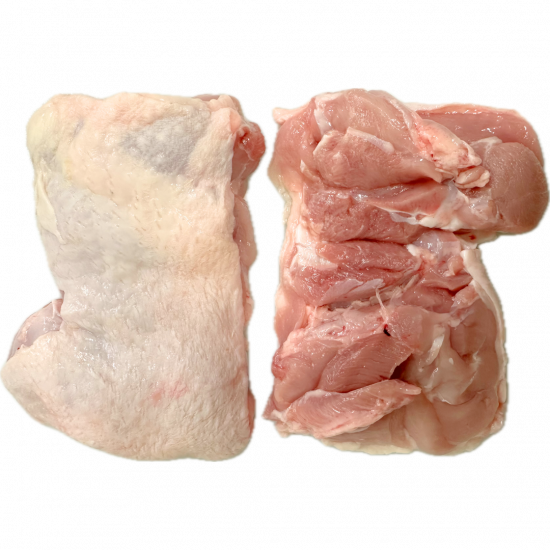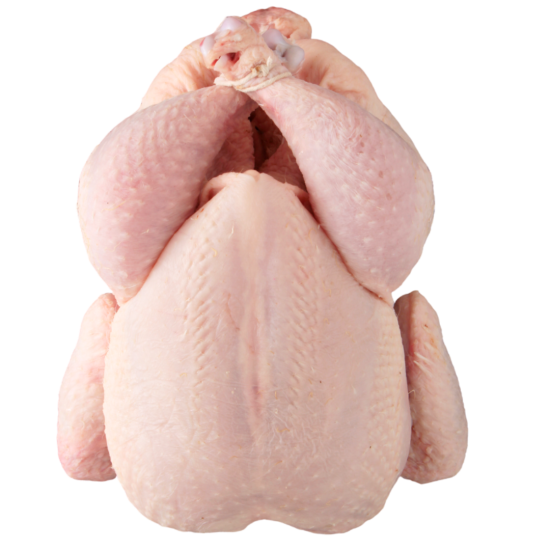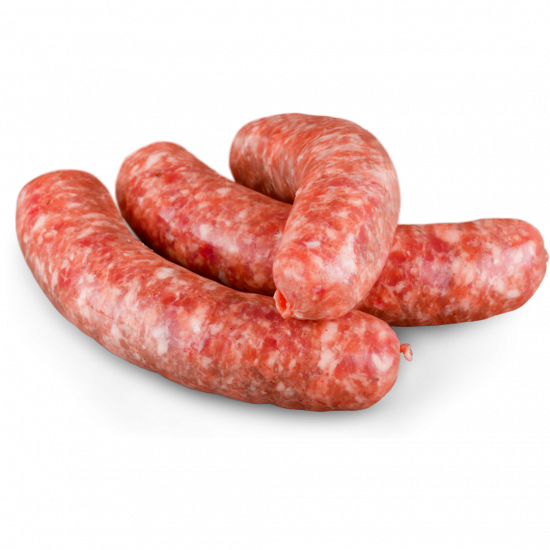Browse by Category

BEEF

CHICKEN

CRUMBED PRODUCTS

LAMB

PET FOOD

PORK

SEAFOOD & GAME

SAUSAGES
PANTRY

SPECIALS
CHICKEN
See allSAUSAGES
See allNews
Slow Cooked Lamb Shoulder
Lamb shoulder has more flavour and is easier to cook than lamb leg
Read moreOur Favourite Chicken Curry
When I’m craving Indian curry at home, this chicken curry recipe is where I turn!
Read moreHow to Cook Steak – like a chef!
Follow these simple steps to master how to cook the perfect steak
Read more




































